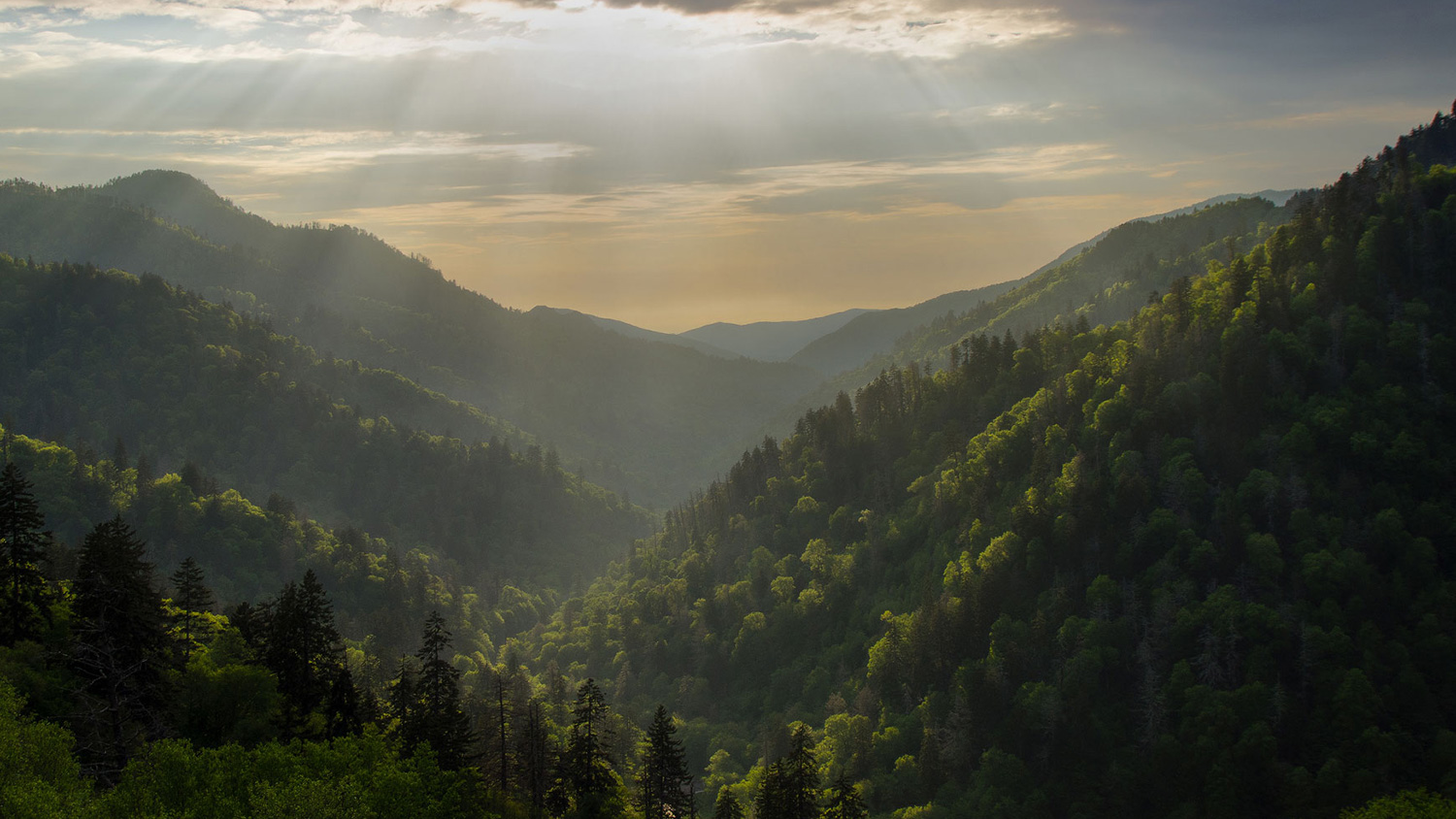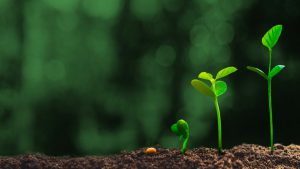We know our current and future customers want to know what we’re doing to help the environment and increase our sustainability. In August, we planted over 2500 trees, as well as helped to fund two Gold Standard projects.
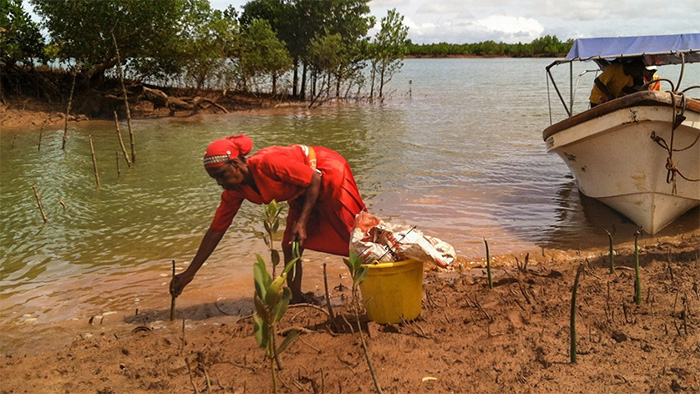
Over 1960 Rhizophora mucronata planted in Madagascar
For all our hosting packages and servers, we purchase trees through Tree-Nation. This month, we purchased 1902 Rhizophora mucronata for the Eden Reforestation Project. Rhizophora mucronata are also known as red, loop-root, or Asiatic mangroves, and are smaller mangroves that grow well in estuaries and coastal areas. With these, we help protect young fish and other wildlife from predators, help stop the erosion of the coastline, and help provide jobs for the people of Madagascar.
We also planted an additional 60 loop-root mangroves through Ecologi, helping to offset the carbon footprint of our employees.
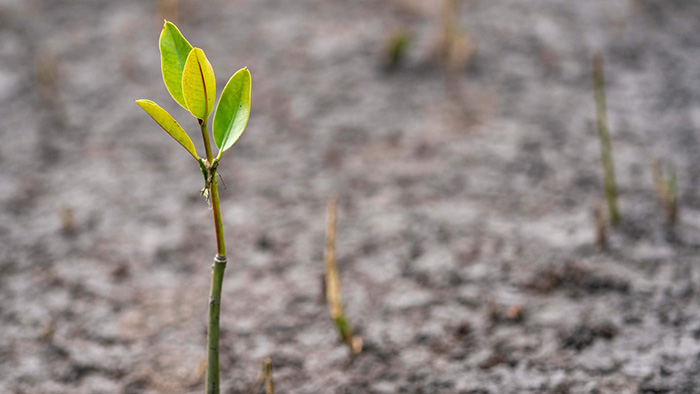
300 Ceriops tagal planted in Madagascar
We also purchased 300 Ceriops tagal through Tree-Nation for our hosting customers, again for the Eden Reforestation Project.
Also known as Indian or spurred mangroves, these trees also help prevent erosion along the coastline and protect young fish from predators. Many fish in the area treat the roots of mangroves as their private nurseries, giving them a place for their offspring to thrive.

60 Avicennia marina planted in Madagascar
As part of our employee offset, Ecologi also purchased another 60 Avicennia marina, or grey mangroves. These trees will be planted in their own planting area in the north-west of Madagascar, as part of the Eden Reforestation Project.
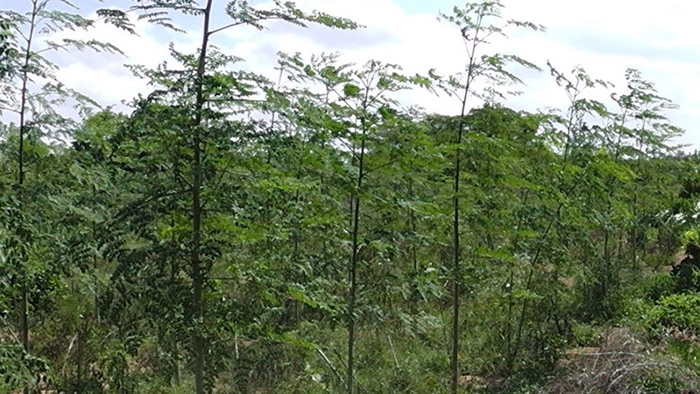
50 Moringa oleifera in Kenya
We wanted to diversify our tree planting for our customers this month, so we planted 50 Moringa oleifera in Bore, Kenya, as part of their ongoing reforestation project. Moringa oleifera, also known as the drumstick tree, horseradish tree, ben oil tree, or benzolive tree (or just a moringa), is an incredibly versatile tree, where the leaves, unripe seed pods, roots, and seeds can all be eaten, helping to fight malnutrition. Its seed oil also has biofuel possibilities, and the seed cake remaining after extracting oil has water purification uses. Plus it turns out that drying and turning the leaves into powder makes a powder that is just as effective as soap when washing your hands!
These moringas will not only help local farmers reforest their land, but it also provides a convenient source of so many products as well as removing 70kg of carbon over its lifetime.
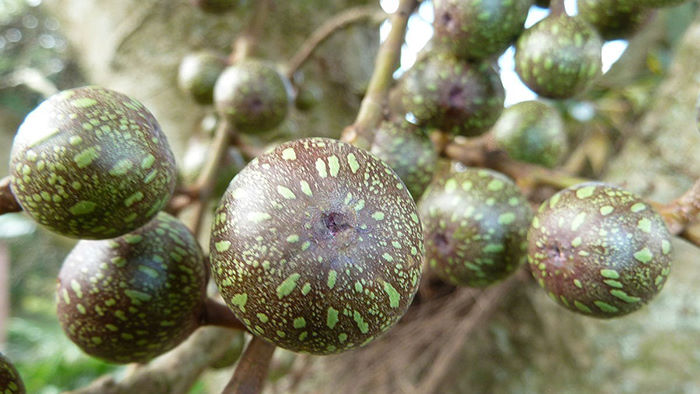
50 Ficus sur in Tanzania
We also planted 50 Ficus sur, or cape figs, as part of the Usambara Biodiversity Conservation Project in Tanzania.
These fast-growing fig trees not only provide delicious figs for the inhabitants of the Lushoto District in Tanzania, but also provide shade and shelter for wildlife in the area. And over its lifetime, it offsets 200kg of carbon, making it a great all-around tree to have.
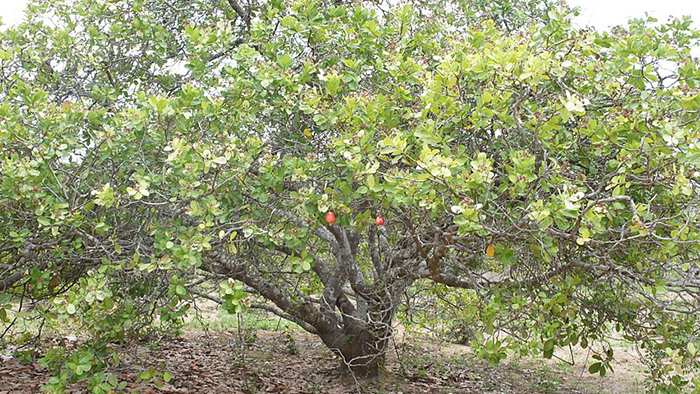
50 Anacardium occidentale in India
Who doesn’t love cashews? With the 50 Anacardium occidentale trees we planted as part of the Trees for Tigers project in India, there’ll be plenty of cashews available for the residents of Jamukeshwar village.
Along with providing delicious nuts, the cashew tree is a sturdy tall evergreen, and as part of the Trees for Tigers project, these trees will provide a buffer between the village and the Similipal National Park, giving the wildlife in the area, including the tigers, even more comfort in their forest.
Also, did you know that cashew nuts don’t come from the large cashew apple but the little kidney-shaped bit at the bottom?
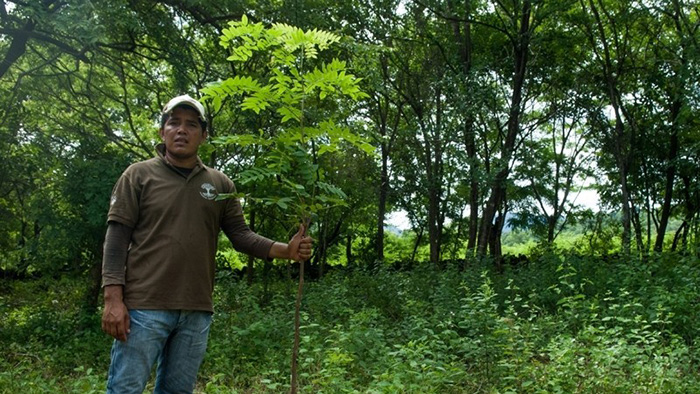
50 Caesalpinia velutina in Nicaragua
We also planted our first trees in South America, with 50 Caesalpinia velutina, or Mandagual trees, planted as part of the CommuniTree project in Nicaragua.
Planted in San Juan de Limay, these Mandagual trees are native to Nicaragua, and it grows straight and tall very quickly, making it ideal for fencing and other lumber needs. With these trees, the farmers in Limay practice better land management and more sustainable use of the forest around them, as well as protecting the nearby watershed that feeds into the Estero Real, one of the country’s most important estuaries.
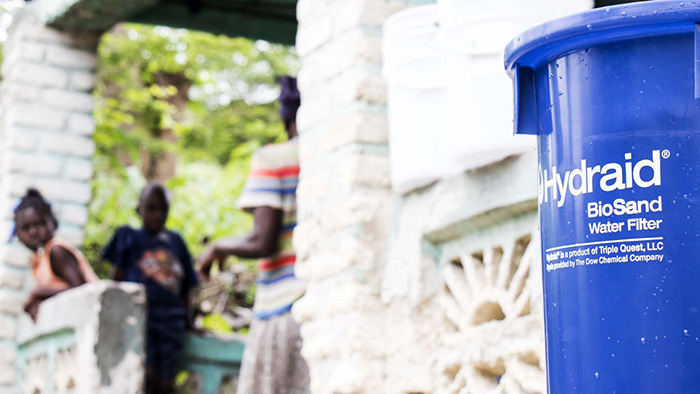
Delivering clean drinking water to Haiti
Ecologi is also working to provide over 2000 families with Hydraid Biosand Filters in Haiti, giving them a simple and effective household water filter. With this filter, families will no longer have to boil water for safe drinking water, cutting down on the carbon dioxide emissions associated with burning wood and the number of water-borne illnesses they suffer.
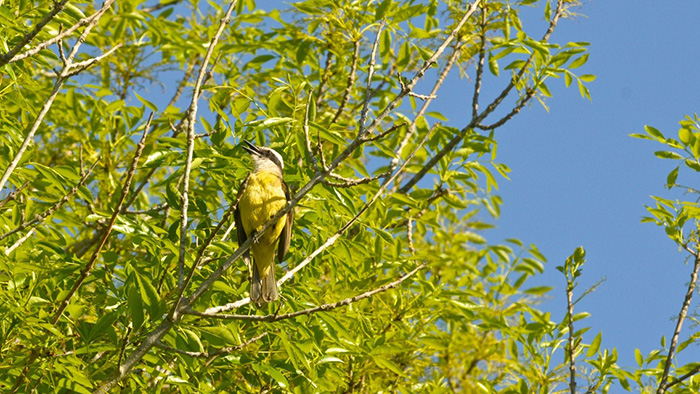
Turning cattle grazing land into sustainable forestry in Uruguay
As part of our employee offset, Ecologi is helping to fund a large reforestation project n the Cerro Largo region of Uruguay. Taking land that has been heavily grazed by cattle for over 300 years, the Guanaré Forest Plantation project will plant a range of trees that can be sustainably harvested over the next 60 years, reclaiming the land and preventing deforestation of already existing forests while also regreening the area for wildlife and providing jobs for the residents of the area.
Our impact
Through these projects over the past month, we’ve reduced our carbon footprint by an additional 90 tonnes, making it over 920 tonnes from the beginning of this year — the equivalent of nearly 2.8 square kilometres of sea ice being saved.
We’ll regularly update how we’re doing each month through our blog, our newsletter, and our green credentials page, and we hope you’re as excited about the work we’ve been doing as we are.
